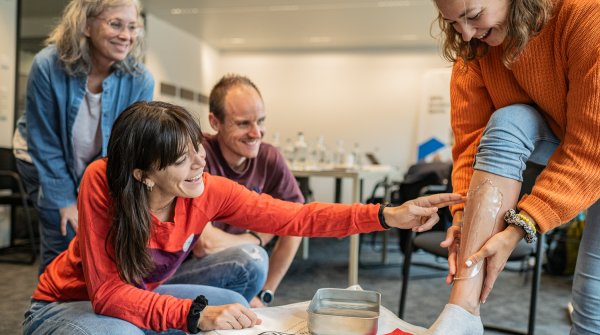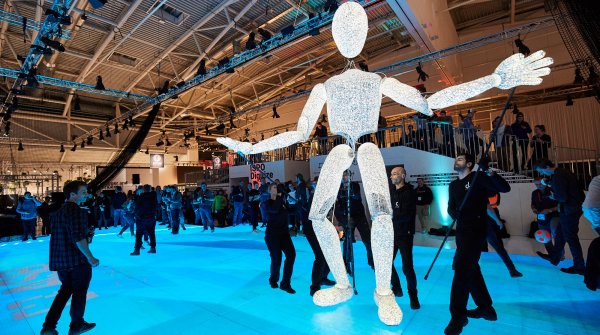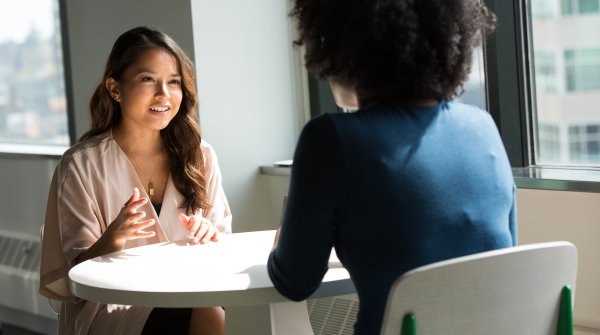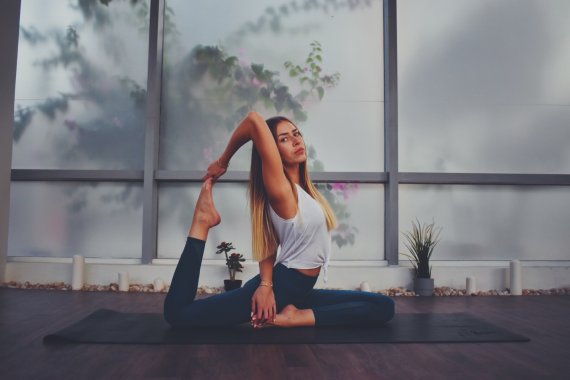
Want a flat stomach and slim waist? Then Pilates exercises are just the thing. If you've been wanting to lose a few extra pounds, improve your fitness and tone your stomach, legs and bottom at the same time, this combination of gymnastics elements, strength training and yoga is an excellent choice.
The best thing about it: Pilates can be done anywhere. All you need is a fitness or gymnastics mat and sportswear that is as loose as possible so that you have enough freedom of movement for the individual Pilates exercises. You're ready to go. Whether in the park in good weather, on vacation or in your living room at home - you can save yourself a trip to the gym with Pilates strength training - and therefore also a lot of time.
To make your workout at home a complete success, you need to know the right Pilates exercises and perform them correctly. Newcomers in particular can quickly lose track of the huge variety of different forms and positions and therefore also lose motivation.
Ultimately, however, only those who exercise with discipline and the right intensity will increase their fitness in the long term and do something good for their health.
Stretching exercises, lying on the mat and stretching - many people don't see Pilates as a real sport because it doesn't require as much endurance as a HIIT or Tabata workout, for example. However, appearances are deceptive, as the stress of Pilates exercises is more focused on body control. If you want to strengthen your back and have better control of your body, Pilates is the right choice.
You can also burn fat with this sport, but don't expect too much - even if Pilates is suitable for losing weight, it doesn't achieve the basal metabolic rate of strength training or HIIT. The question is therefore not so much what Pilates does, but what you want to achieve with it.
Before we go into our top four, we would like to give you a list of all the popular exercises.
The following Pilates exercises are particularly popular:
- Criss-Cross
- Leg lifts
- Plank with outstretched arms
- Reverse bridge
- Knee to elbow
- Lunge
There are many more - the exact number is not known, but there are far more than 100 Pilates exercises with different variations.
To prepare the body for the Pilates workout and mobilize the entire spine, the so-called cat hump is one of the ideal Pilates exercises to start with.
The starting position is the quadruped position: slowly roll your head down so that your chin almost touches your upper chest at the end position and at the same time push your pelvis forward. Hold this position briefly and try to keep your abdomen and pelvic floor under tension.
Now release the tension, roll your head back into your neck in a controlled manner and bend your spine at the same time - exhale slowly. After holding this position briefly, return to the starting position. Repeat the Pilates exercises a total of six to eight times.
The starting position for the double leg stretch is lying on your back. The legs form a right angle, the arms are at the side of the body and the feet are on the floor.
Now raise your legs closed and bring your knees towards your upper body, at the same time raise your upper body slightly forwards and touch your legs with your hands between your knees and middle lower leg. Hold this position briefly and tense your abdomen and pelvic floor.
Now fully straighten your legs and at the same time stretch your arms upwards away from your legs, exhaling as you do so. The upper body remains slightly raised throughout the Pilates exercise, maintaining tension on the torso. Do a total of six to eight repetitions.

The spine stretch is the ideal strength training exercise for the back. The starting position here is an upright sitting position with your legs stretched out and slightly apart, the tips of your feet pointing towards the ceiling.
Now inhale deeply and, as you exhale, bend your upper body forward vertebra by vertebra with your arms stretched out in front of you. Try to bring your head between your arms and initiate the movement from the thoracic spine.
The lumbar spine remains straight throughout the exercise. Now gently return to the starting position and inhale. As with most Pilates exercises, six to eight repetitions are ideal.
Arm and leg stretches not only activate the torso and bottom, but also the back, shoulders, arms and legs - the perfect strength training for the whole body.
We start the Pilates exercise again from a four-footed stance - make sure your back is straight and don't position your hands and feet too close together, as this also requires coordination and a sense of balance.
Once you have found a secure footing, stretch your left arm forward and your right leg back so that your arm and leg form a line with your upper body.
Hold this position for a few seconds and tighten your abdomen and pelvic floor. It is important that the lumbar spine does not sag. When you return to the starting position, exhale and perform the exercise again with your right arm and left leg - repeat six to eight times.
In combination with a crisp endurance workout, such as jogging or Tabata, these Pilates exercises are the perfect fitness workout for at home and are also good for your health.
Pilates tones the body and adds variety to your training plan. The workout seems easy at first glance, but demands a lot from you. Just try it out for yourself and take a few minutes for a session - it's worth it!
In the following FAQ we answer the most frequently asked questions about Pilates and the associated exercises.
Pilates is more suitable for losing weight, while yoga aims to reduce stress and relieve tension. Yoga also requires more concentration and you should use a special yoga mat for the exercises.
The execution of the exercises remains the same regardless of age. The important thing is that training has to be fun and you have to decide for yourself which exercises are appropriate.
Well-known apps include "Pilates Anytime" or "5 Minute Pilates". There are also many workouts for all levels of experience on YouTube.
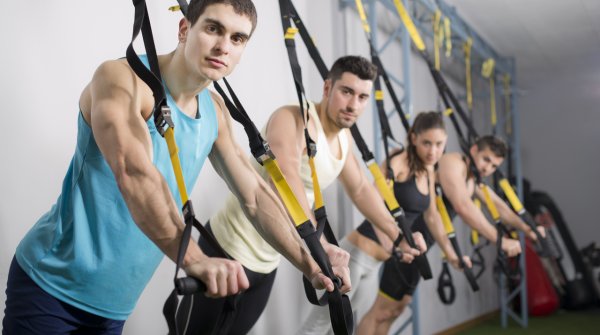 Know-HowThe 11 Best TRX Exercises
Know-HowThe 11 Best TRX Exercises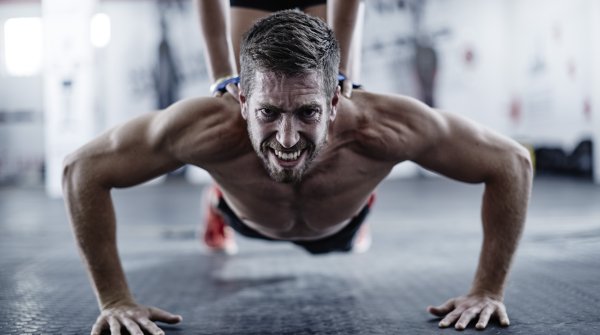
- ISPO awards
- Mountain sports
- Bike
- Design
- Retail
- Fitness
- Health
- ISPO Job Market
- ISPO Munich
- ISPO Shanghai
- Running
- Brands
- Sustainability
- Olympia
- OutDoor
- Promotion
- Sports Business
- ISPO Textrends
- Triathlon
- Water sports
- Winter sports
- eSports
- SportsTech
- OutDoor by ISPO
- Heroes
- Transformation
- Sport Fashion
- Urban Culture
- Challenges of a CEO
- Trade fairs
- Sports
- Find the Balance
- Product reviews
- Newsletter Exclusive Area
- Magazine

